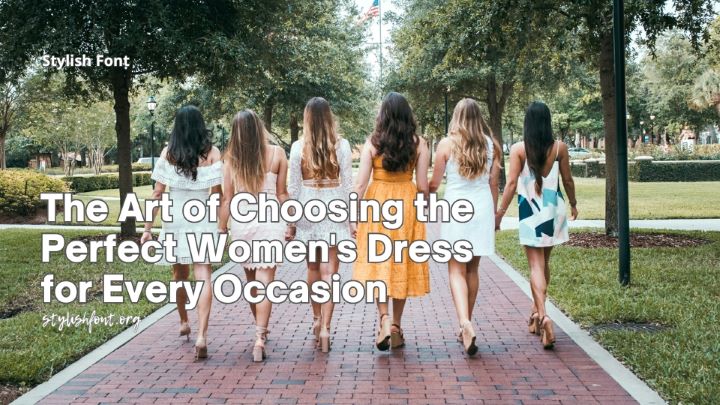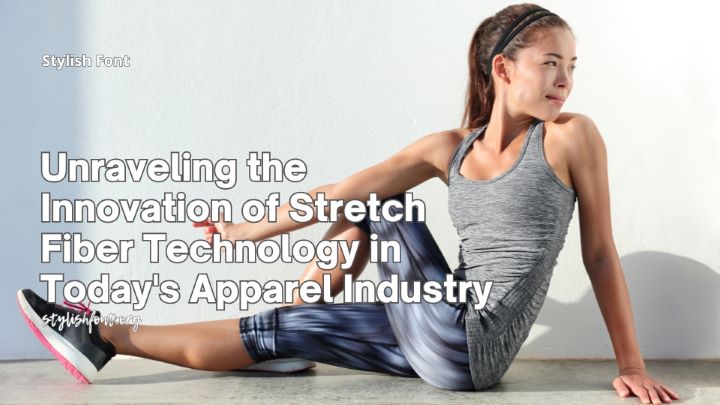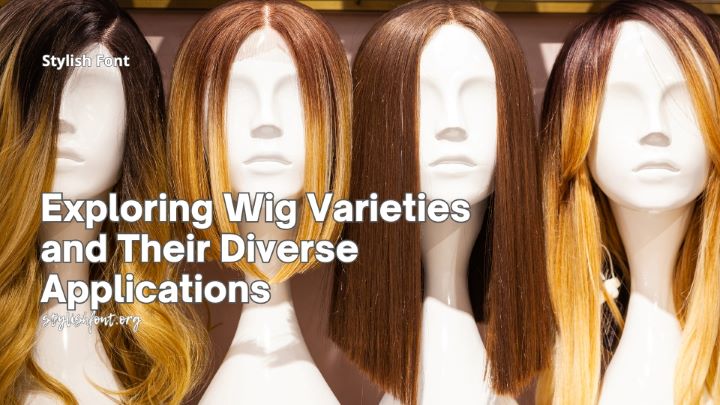Choosing the right outfit for any occasion can be a challenge, but knowing the difference between formal and casual attire is key to dressing appropriately. Whether you’re preparing for a wedding, gala, business dinner, or just heading out for a relaxed weekend brunch, understanding the dress code ensures you always look your best. In this guide, we’ll explore what to wear to a formal event versus a casual outing, helping you make confident fashion choices.
Formal Event Attire
A formal event calls for elegant and sophisticated clothing. These occasions often include weddings, black-tie affairs, galas, corporate dinners, and upscale parties. The level of formality may vary, but generally, formal attire requires polished and refined outfits.
For Men:
- Black-Tie Events: A tuxedo, dress shirt, bow tie, and polished dress shoes.
- Formal Business Events: A dark suit, crisp dress shirt, tie, and leather dress shoes.
- Weddings and Special Occasions: Depending on the dress code, a suit and tie or a tuxedo may be required.
- Accessories: Cufflinks, a classic watch, and a well-matched belt complete the look.
For Women:
- Black-Tie Events: A long evening gown, sophisticated cocktail dress, or an elegant pantsuit.
- Formal Business Events: A tailored dress, skirt suit, or professional pantsuit.
- Weddings and Galas: A chic dress, often long or midi-length, paired with stylish heels.
- Accessories: Elegant jewelry, a clutch bag, and tasteful makeup enhance the look.
Casual Outing Attire
Casual outings offer more flexibility in fashion choices. These settings include coffee dates, casual dinners, shopping trips, and weekend gatherings. Comfort is key, but maintaining a polished appearance is still important.
For Men:
- Casual Everyday Wear: Jeans or chinos with a T-shirt, polo shirt, or casual button-up.
- Smart Casual Look: A blazer over a T-shirt or button-up with dark jeans or chinos.
- Footwear: Sneakers, loafers, or casual boots work well for casual settings.
- Accessories: Sunglasses, a stylish watch, and a belt add personality to the outfit.
For Women:
- Casual Everyday Wear: Jeans, leggings, or shorts with a T-shirt, tank top, or casual blouse.
- Smart Casual Look: A trendy dress, jumpsuit, or blouse with stylish trousers or jeans.
- Footwear: Flats, sandals, sneakers, or ankle boots for a relaxed vibe.
- Accessories: Simple jewelry, a crossbody bag, and natural makeup complement the casual look.
Key Differences Between Formal and Casual Attire
| Aspect | Formal Attire | Casual Attire |
|---|---|---|
| Fabric | High-quality materials like silk, wool, and satin | Cotton, denim, and breathable fabrics |
| Fit | Tailored, well-fitted garments | Relaxed, comfortable fit |
| Footwear | Dress shoes, heels, or formal flats | Sneakers, loafers, or sandals |
| Accessories | Elegant jewelry, watches, and refined handbags | Minimalistic or trendy accessories |
| Colors | Dark or neutral shades, sometimes bold hues for elegance | A mix of neutrals, pastels, and fun patterns |
Final Tips for Choosing the Right Outfit
- Check the dress code: If unsure, always ask the event host or check the invitation.
- Consider the setting: Outdoor events may call for different attire than indoor formal gatherings.
- Dress for comfort: Even in formal settings, ensure your outfit fits well and allows movement.
- Accessorize wisely: The right accessories can elevate any outfit, whether formal or casual.
- Confidence is key: No matter what you wear, carry yourself with confidence to make a lasting impression.
By following these guidelines, you can effortlessly transition from formal events to casual outings while always looking stylish and appropriate. Understanding the differences ensures that you’re never overdressed or underdressed, making fashion an enjoyable and stress-free experience!





